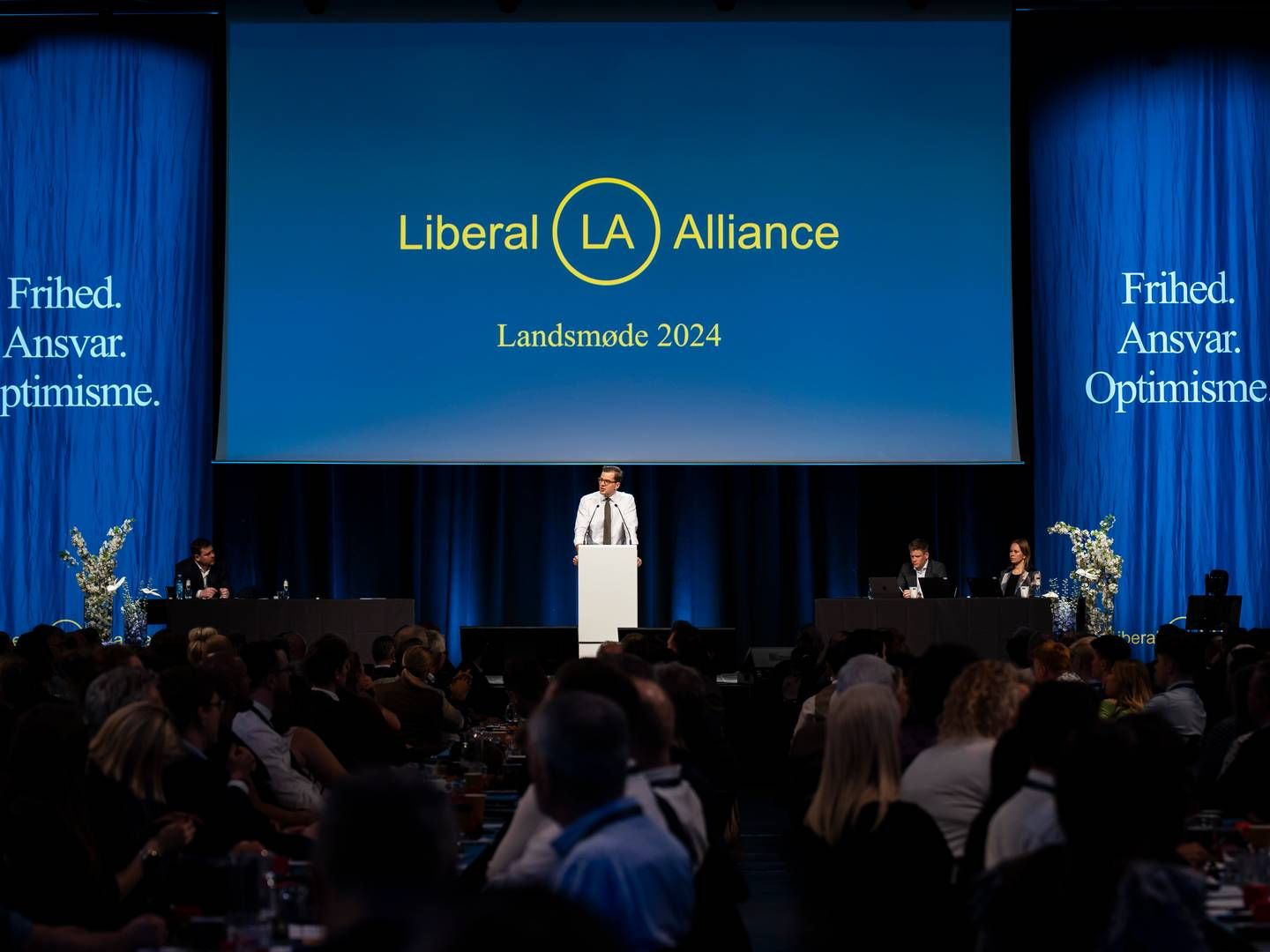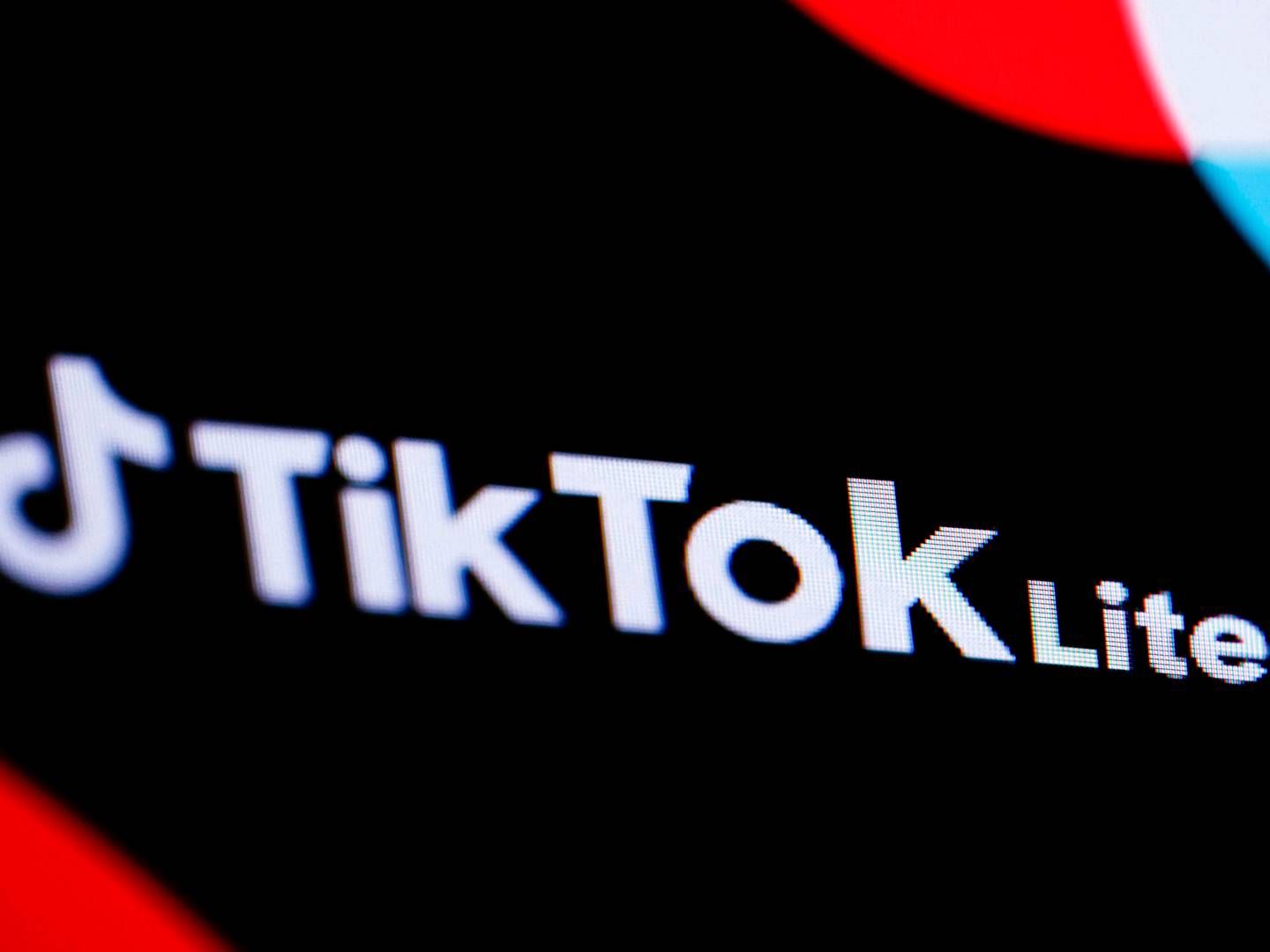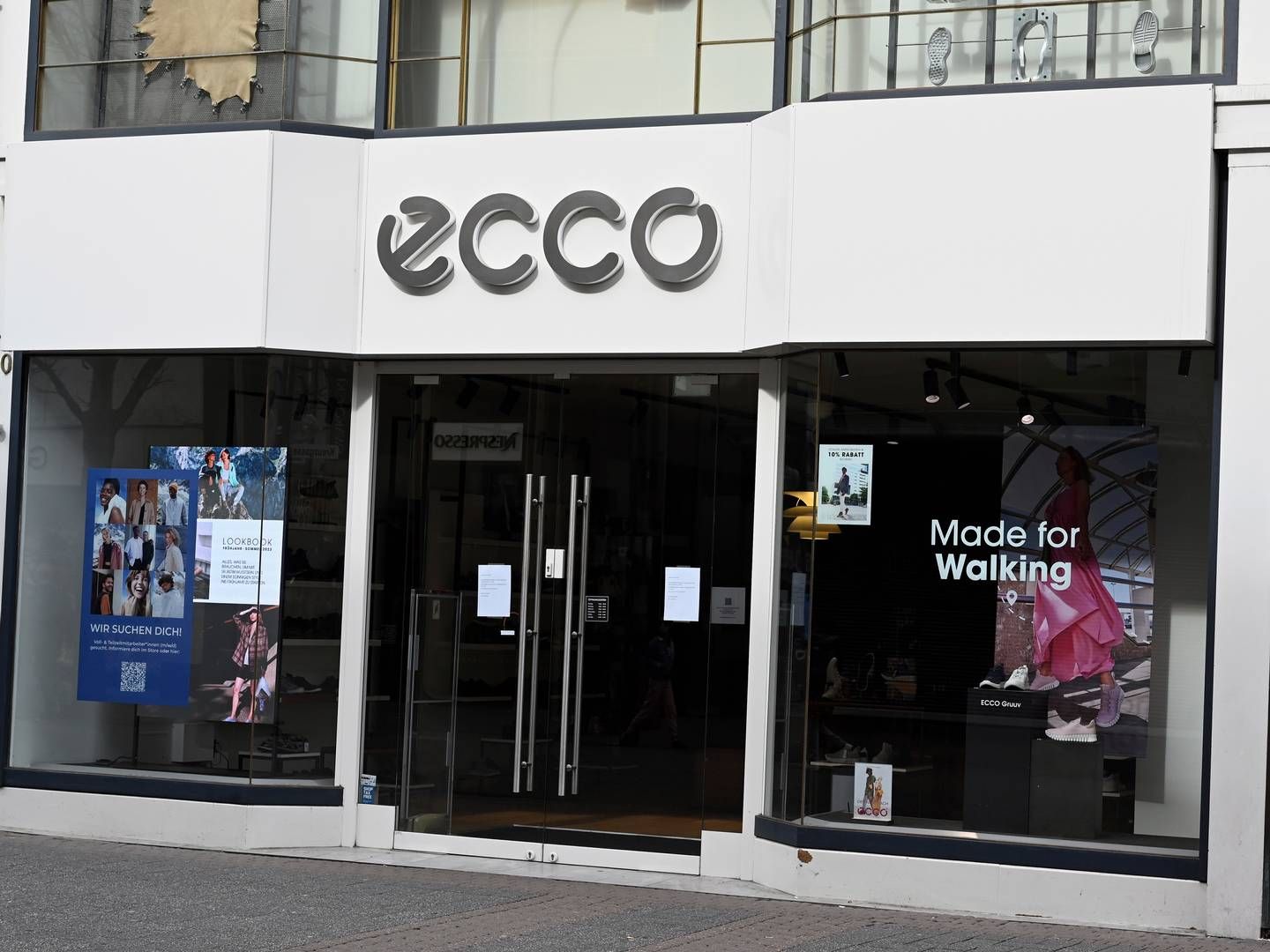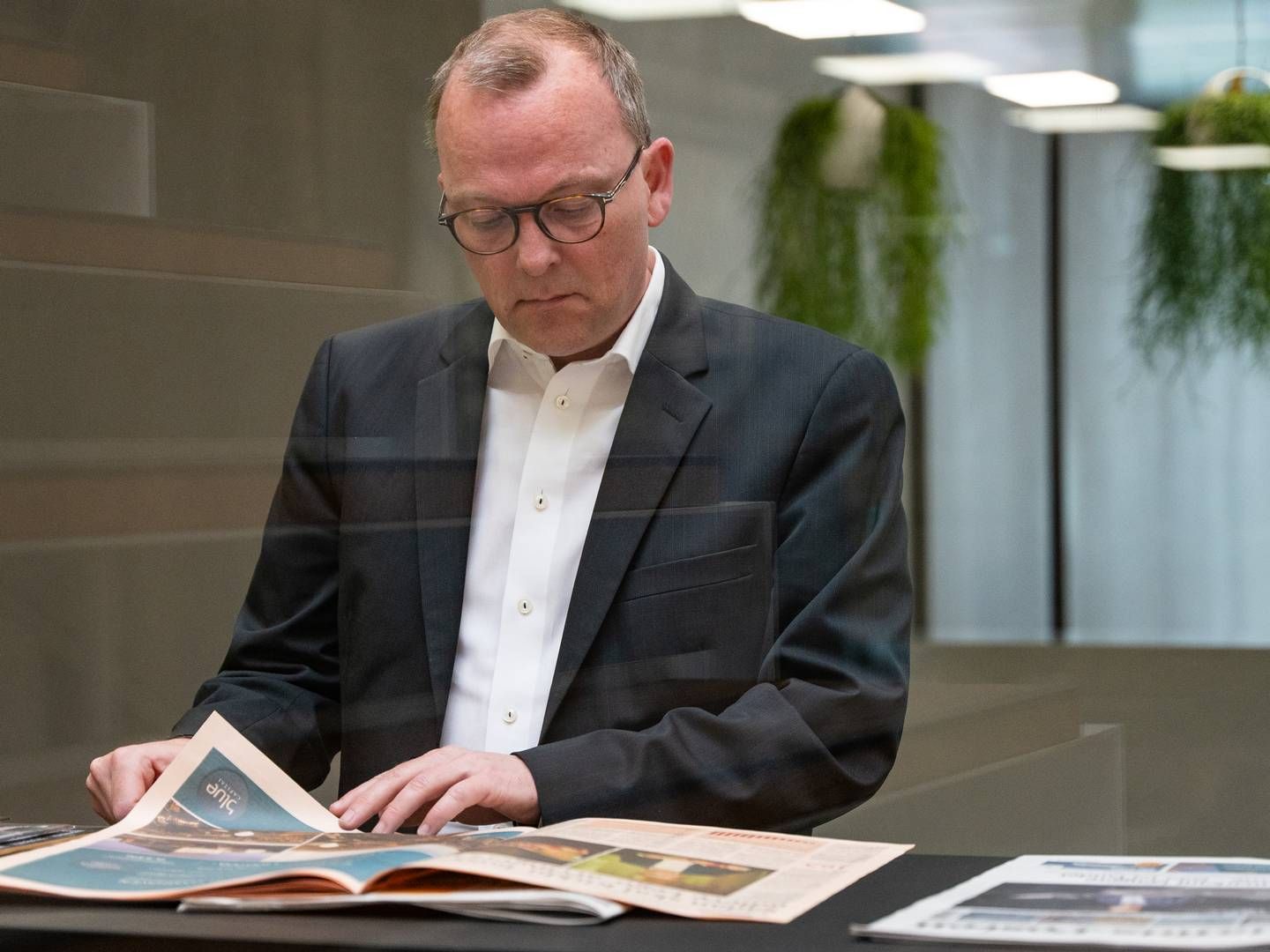In extreme projects you naturally know the opening question; if not, you wouldn’t have started. What you don’t have is a concrete, measurable goal. What you, in traditional project management, call a ‘SMART’ goal. That is, specific, measurable, agreed upon, realistic, time-based. In exchange you have in extreme projects a vision, which in general terms expresses where you want to go. For example, to the moon or curing AIDS in ten years. How you fulfil your vision is still just guesswork, but for each day and each project cycle the guesswork becomes more and more qualified. The more you guess, the closer you get to the answer is the motto. A recipe that produces better results, when visions and conditions become too extreme.
Just think of how many times you have been in a project, where reality has shifted along the way. Where goals and methods have changed over time, because you have grown wiser. Wiser, because the timetable, success criteria or milestones just didn’t match up, and you “had to do something”. It’s always been a little taboo. Cause projects have to follow the classic template, where you have a set plan of the entire process and the rest is simply to follow the plan step by step. Ask yourself if you did not end up in that situation because you really didn’t know how to reach the goal. So the project was an unacknowledged adaptive project, or maybe it was not possible to define a precise goal. So the project was an unacknowledged extreme project. In too many projects the necessary framework has not been set, so it’s OK to tell the truth. The truth is that we do not know how or what to do exactly, but we'd like to make a guess or provide some guidelines. That truth is not something you want to speak if you want to be taken seriously as a project manager with everything under control. Here you don’t guess; here you produce a complete timetable and a balanced budget. Although both project manager and client in hindsight know that all plans and goals were completely modified in the process. That’s just quickly forgotten. A truth and some projects, no one wants to know about before, during or after. Even though most projects have a built-in contrast and displacement between what you know and what you need to decide before you know. In short, all projects have in their DNA the possibility for chaos, adaptation and unpredictability. Which means that however paradoxical it may sound, less control and timeliness in some cases can be the best plan, the smoothest solution. Just see:
SMART is no longer smart
So, it’s not the projects that are wrong. It's us who are wrong. Our expectations and ambitions are too high on the project's behalf. The mistake is that our picture of reality is far too crude and inflexible. We don’t want to face the unpredictable, but think that true project management is when objectives and methodology are ‘ready, set, go’ after the first meeting. It must be SMART, which is no longer that smart. It's about our fear of things going wrong, and we think that beautification and PowerPoints can keep us from facing the grim reality. This, according to Bettina Hartmann, is completely wrong and also somewhat unprofessional:
“One of the most important things in good project management is to start with a risk analysis. Although too few, unfortunately, do it. To put words and pictures on what can go wrong. Because projects go wrong, and everything has an inherent risk. That risk participants must know and be willing to take, not least because more and more projects become adaptive and extreme. That is, with a much higher inherent risk. It takes discussion and visibility if it is to be professional project management.”
When you forget about the risk
According to Bettina, it is not just the risk analysis that disappears in most project starts-ups. Equally problematic is that people forget to make a proper stakeholder analysis, which is a shame, because all projects have stakeholders who want something from the project and that the project needs in order to succeed. If you do not get that in perspective and put into words at start-up a lot can go wrong. Not least because stakeholders do not disappear by not getting talked to or handled.
When you forget about the stakeholders
The inclination to forget the stakeholders creates a risk that a director, authority or angry employee can, too late and with too dire consequences, say that this was not the goal or the way this should be done. This is unfortunate shortly before the deadline, when the project is done or when all-important decisions have been taken. This is also why the project manager sometimes ends up as a hostage. Hostage because all the considerations were not taken care of and brought to light in the beginning, and all the forgotten stakeholders. Stakeholder analysis is not only important from the outset, but also it should be seen as an ongoing process, where you not only analyse but also involve the main stakeholders in the project. What Bettina believes requires social skills and empathy: an empathy and dialogue that comes about best over a cup of coffee at an informal meeting.
“One of the most neglected aspects of good project management is the ability to speak informally with key stakeholders. With a fine word, you can call it a stakeholder analysis, but in reality it is about seeing how the land lies. I always recommend that you drop in or call people up a little casually sometimes. Here, some sort of road show, where you have coffee with key people, can be a good idea. Namely, because it’s essential to create these informal contacts and conversation spaces beside the classical meetings, minutes and PowerPoints. Something happens when you are doing committee meetings, which inhibits dialogue, conversation and people’s desire to tell the truth. An unbiased and necessary conversation that would happen without problems if you dropped by for a cup of coffee. So, in my opinion we can’t have enough small talk and informal dialogue if we are to succeed and when we succeed.”
Political is not a problem; it’s a gift
An often heard lament, when speaking with project managers, is that the project has gone political. What that means is that different stakeholders have stopped, distorted or changed the project away from what the project manager wanted, or what was the original plan. Again, this is a classic misunderstanding according to Bettina Hartmann. As she says, politics is a good way for people to get involved:
”That the matter turns political is not a problem, it’s a gift. It’s a positive sign that something is at stake and that somebody has both something to win and something to lose. If this is only brought to light at the beginning of the project it can be a strength. Many projects are political and so the problem is not that they turn political. Complaints about things turning political is often because they forgot to bring out the politics all the way through.”
Project management from behind
Projects must be evaluated. It is the mantra, though this is often forgotten in the end, when everything is over. In one way or another, evaluation seems pointless, too expensive and of no consequence when all is done. Rather than be vexed about evaluations being funded, Bettina has an unconventional solution. Why not start by evaluating projects; people have been in the past, at the kick-off meeting for a new project? It’s an idea she got from a famous IT project expert, Alistair Cockburn, and that she has practised with great success:
“A good idea is to ask at the beginning of a project, for example, at the first meeting: What is your experience with projects of this type? What have you seen before? What is your experience of what went good and what went bad the last time and why? In this way, conflicts, expectations and a lot of experience are brought to the table. In addition the project participants can indirectly talk about their expectations for the new project under the guise of talking about the past and other past projects. A discussion that can be invaluable and can be seen as part of a stakeholder analysis.”
The recipe for bad project management
Everything is about the recipe for good project management. What exactly is a recipe for poor project management? Here Bettina is very clear, because in her opinion the same recipe applies to both good and bad project management, if you simply change the operational sign on the list from plus to minus. The list both contains points, and an invitation not to forget the ‘soft’ qualities of the collaboration and the art of project management.
“In my opinion the recipe for poor project management is the following. Firstly, a schedule you’ve set on your own. Secondly, objectives in which key stakeholders are not involved. Thirdly, not listening to them who need to solve the problem. Fourth, not listening to the customer's expectations. In addition managers focus too much on the ‘hard’ facts such as timetable and budget, but forget the slightly more ‘soft’ parts of the project, such as how do we get motivated people, what is the work culture here etc.”
The ultimate project challenge
The Americans were the first to put a man on the moon. So, extreme and adaptive projects can be successful, no matter how impossible they may seem. It only requires that we dare to face the chaos and danger. What that means is that we must break with the straitjacket of expectations for good project management. A little less “here is the timetable, dear customer” and a little more “I do not know yet, but I want to try to figure it out with you.” Of course, this is an extreme and unrealistic demand in an uncertain world of insecure people. In short, the ultimate project challenge.


































